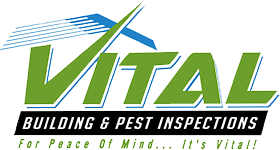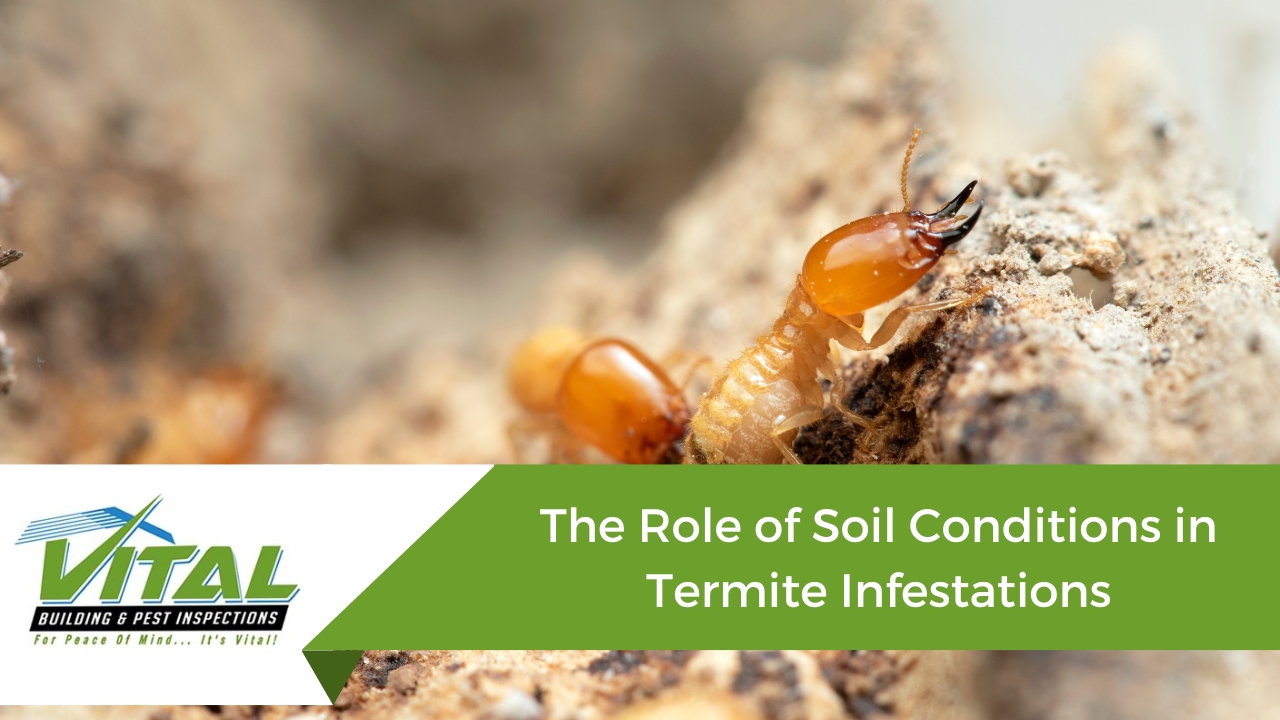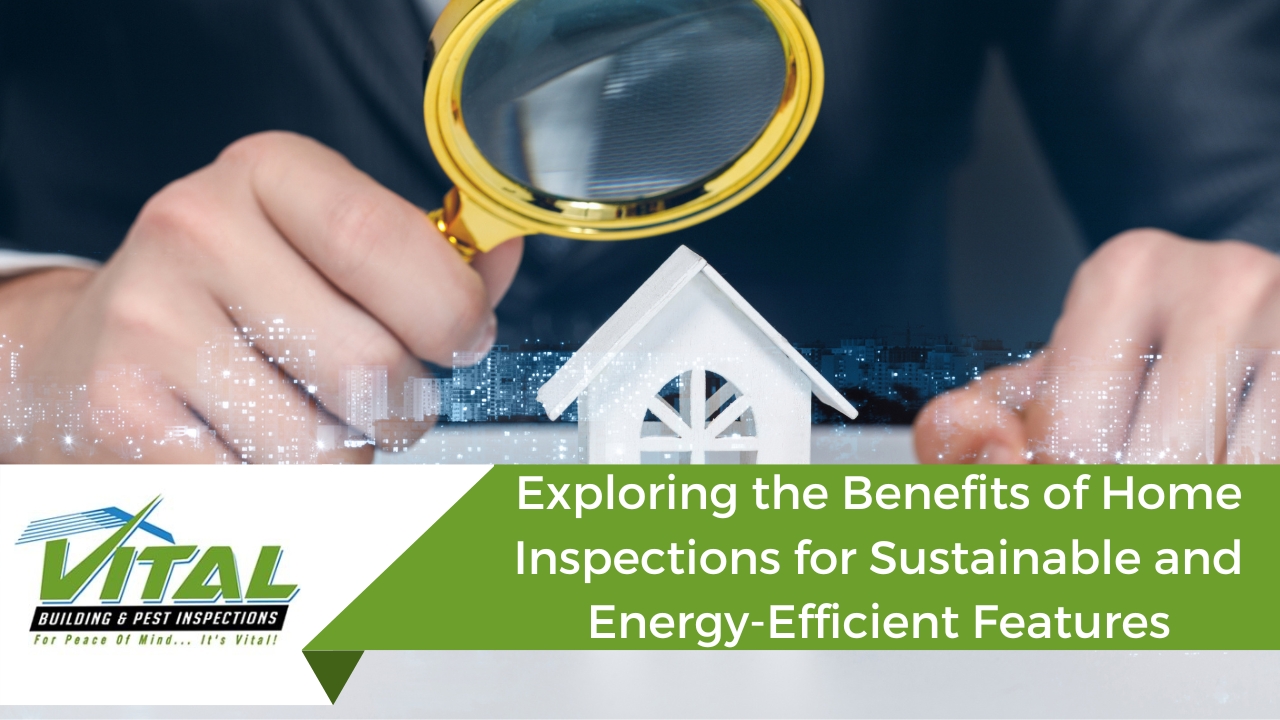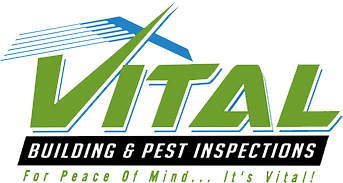Termites pose a significant threat to structures, causing extensive damage that often goes unnoticed until it’s too late. Understanding the role of soil conditions in termite infestations is crucial for effective prevention and mitigation strategies. This article explores the intricate relationship between termites and the soil they inhabit, emphasising the importance of proactive soil management.
Types of Termites
Subterranean termites
Subterranean termites, a common pest in Australia, thrive in soil habitats. Exploring their nesting habits and dependency on soil sheds light on the critical connection between termites and the ground they inhabit.
Drywood termites
While drywood termites are known for nesting within the wood they consume, their relation to soil conditions is not to be overlooked. Understanding their interaction with soil provides a holistic perspective on termite behaviour.

Soil Characteristics Favourable to Termites
Moisture levels
Excessive moisture in the soil creates an ideal environment for termite infestations. Investigating the impact of damp soil on termite attraction underscores the significance of moisture control in termite prevention.
Soil composition
Certain soil types are more conducive to termite activity. Analysing preferred soil types and the influence of soil density on termite infestations offers valuable insights into targeted prevention measures.
Role of Soil Temperature
Optimal soil temperature plays a crucial role in termite activity. Delving into the preferred temperature range for termites and how seasonal variations affect their behaviour enhances our understanding of termite ecology. Termites generally thrive in environments where the soil temperature falls within a specific range. The preferred soil temperature for most termite species is typically between 25 to 28 degrees Celsius. This range provides an ideal condition for their metabolic processes and activities.
Seasonal variations in Australia can significantly impact termite behaviour. During the warmer months, termites tend to be more active and may engage in foraging, feeding, and building activities. The increased soil temperature creates a favourable environment for their colonies to flourish. On the other hand, during cooler seasons, termite activity may decrease as they become less active, and their metabolic rates slow down.
It’s essential for homeowners and pest control professionals in Australia to be aware of these patterns. Regular monitoring of soil temperature and understanding how it correlates with termite behaviour can aid in implementing effective preventive measures and timely interventions.
Soil Management Strategies for Termite Prevention
Moisture control techniques
Implementing effective moisture control measures is a key strategy in termite prevention. Exploring methods to regulate soil moisture levels contributes to a comprehensive approach to termite management.
Soil treatment methods
Understanding soil treatment options, such as chemical barriers, adds another layer to termite prevention. Exploring these methods equips homeowners with tools for safeguarding their structures.
Importance of regular soil inspections
Regular soil inspections are essential for early termite detection. Emphasising the significance of proactive monitoring encourages a preventive rather than reactive approach to termite control.

Collaborative Efforts: Pest Control and Soil Experts
Integrating pest control measures with soil management is paramount. Collaboration between pest control professionals and soil experts ensures a holistic approach to termite prevention tailored to the unique conditions of each property.
Future Trends and Innovations
- Emerging technologies in termite detection – Advancements in technology play a pivotal role in enhancing termite detection methods. Exploring emerging technologies provides a glimpse into the future of proactive termite management.
- Sustainable practices for termite prevention and soil health – As environmental consciousness grows, exploring sustainable practices for termite prevention and maintaining soil health becomes imperative. Investigating eco-friendly approaches contributes to a harmonious balance between pest control and environmental responsibility.
Unearthing Resilience: Safeguarding Structures through Informed Soil Management
The intricate interplay between termites and soil conditions underscores the need for a multifaceted approach to termite prevention. By implementing proactive soil management strategies and staying informed about emerging trends, homeowners can fortify their structures against the silent threat of termite damage.
Ready to fortify your property against the silent threat of termites? At Vital Building and Pest Inspections, we specialise in comprehensive assessments that consider the crucial role of soil conditions in termite infestations. Don’t wait for damage to surface; take proactive steps today. Schedule your inspection with Vital Building and Pest Inspections for a resilient and termite-free future. Your property’s protection starts with us!






